Mild Tricuspid Regurgitation
All About Cardiovascular System and Disorders
MARCH 30, 2024
Transcipt of video: Mild tricuspid regurgitation is often noted on echocadiogram reports and sometimes causes a little bit of worry and a lot of questions are asked on mild tricuspid regurgitation. What is this mild tricuspid regurgitation? And mild tricuspid regurgitation is just a small leak from the tricuspid valve.



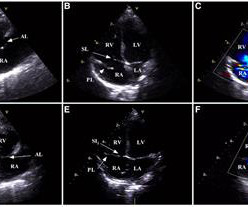






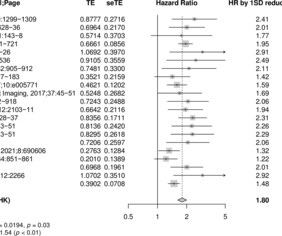



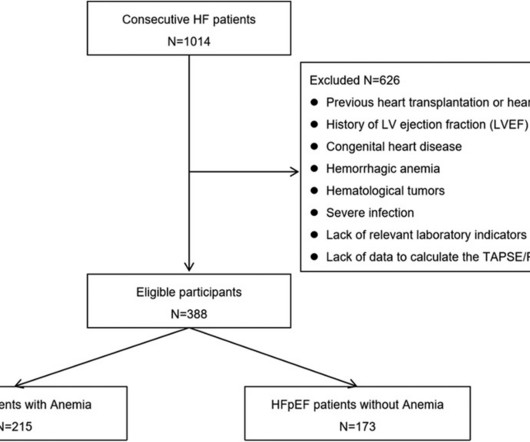




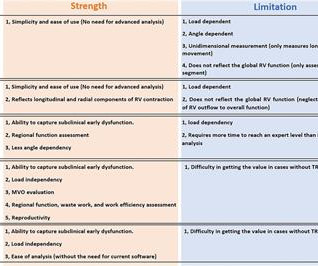



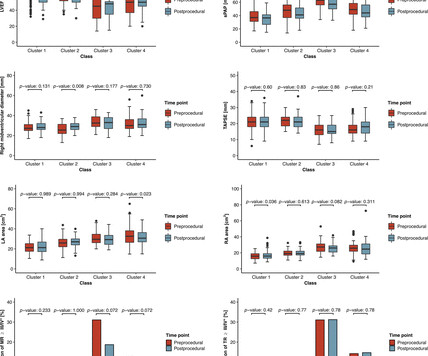

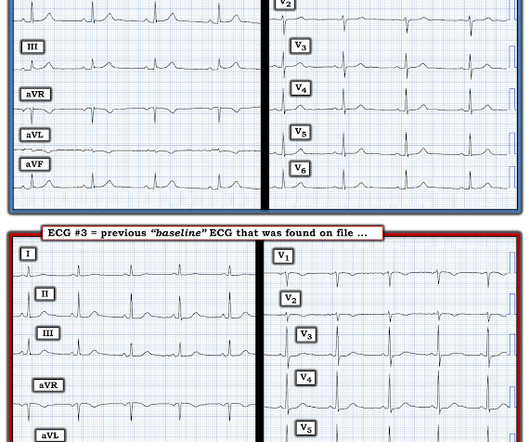

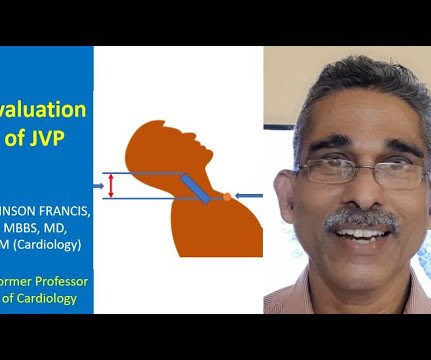

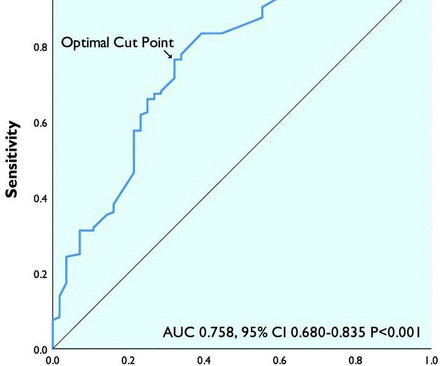


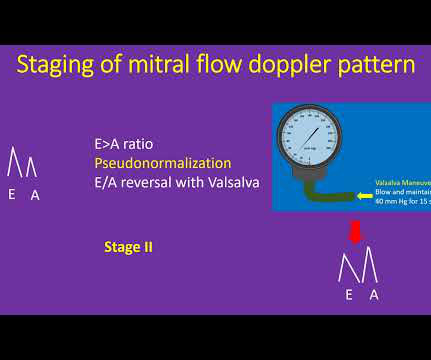




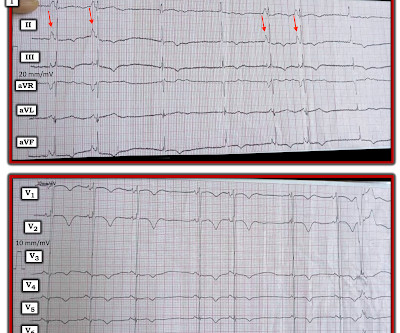


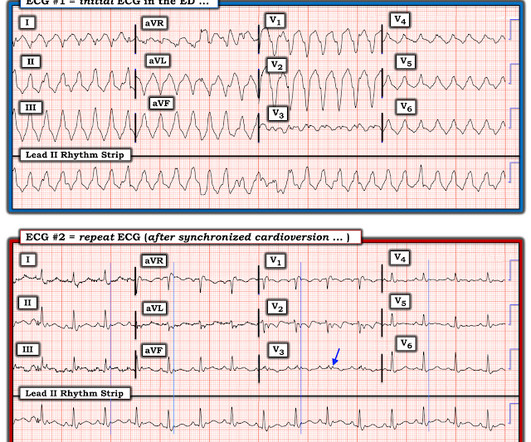






Let's personalize your content